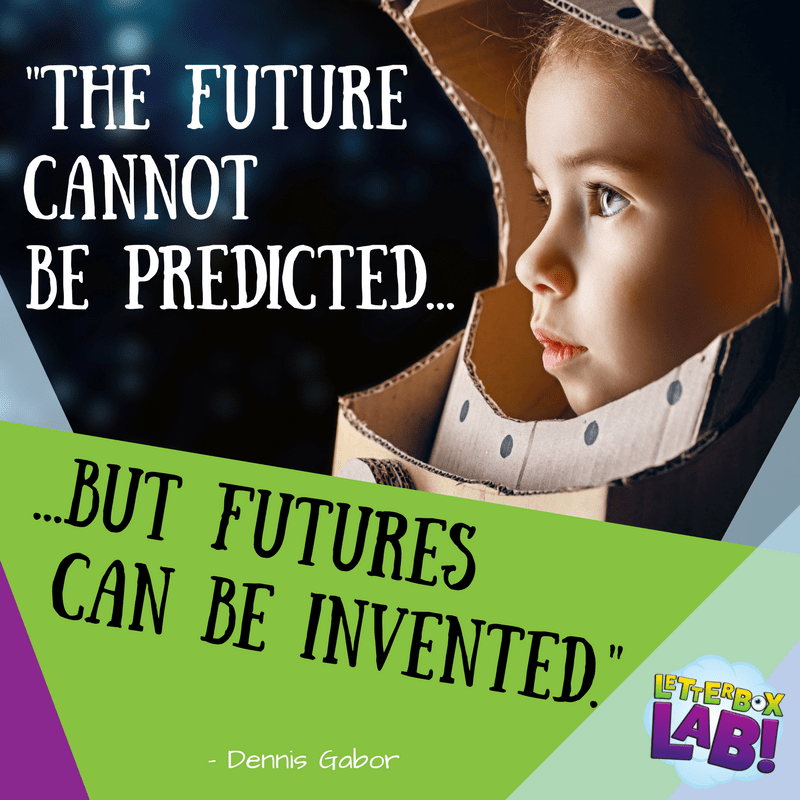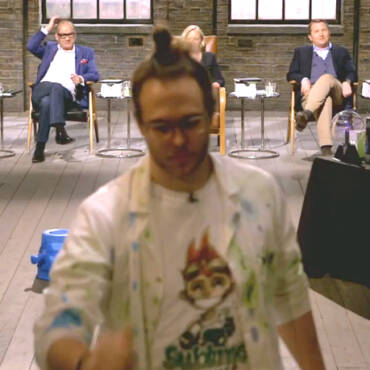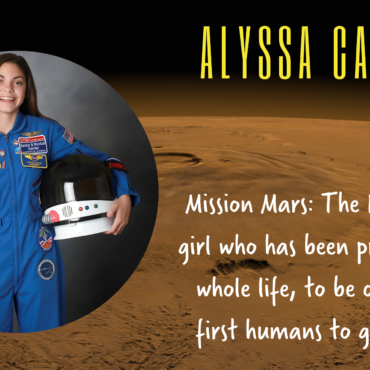“The future cannot be predicted, but futures can be invented” – Dennis Gabor.
Dennis Gabor was a Hungarian-British engineer and Nobel Prizewinning physicist who knew a thing or two about inventing. His Nobel Prize was awarded for inventing a genius technique for creating three-dimensional images: what we call holograms.
Gabor developed his idea for holography when trying to improve high-power electron microscopes. This places him among many scientists and inventors of the past who set about solving one problem only to create something with scope far beyond its original intention. Gabor’s own holography method is still applied in electron microscopy, but it has been further developed since its invention in 1947 to be applied to all sorts of exciting other fields. Holography is now used in security, in data storage and in souvenirs for aquariums, amongst other things.
This quote came from Gabor’s 1963 book, Inventing the Future, in which he laid out his concerns for society. He saw threats to society coming mainly from war, overpopulation and what he called the Age of Leisure. Saying that “futures can be invented”, however, suggests that overall he was optimistic for our future. He went on to say:
“It was man’s ability to invent which has made human society what it is. The mental processes of inventions are still mysterious. They are rational but not logical, that is to say, not deductive.”
Scientific research, creativity and problem-solving allows humanity to take control of its own future, and of the fate of the planet. You never know where a bit of tinkering with an electron microscope might lead!
Letterbox Lab is a monthly science subscription box for kids aged 6+. We provide exciting science kits through your letterbox so families can have fun playing with science. Our product isn’t on sale yet but you can pre-order here and start having fun with science by checking out our blogs and following us on Twitter, Facebook and Pinterest.




Add Comment